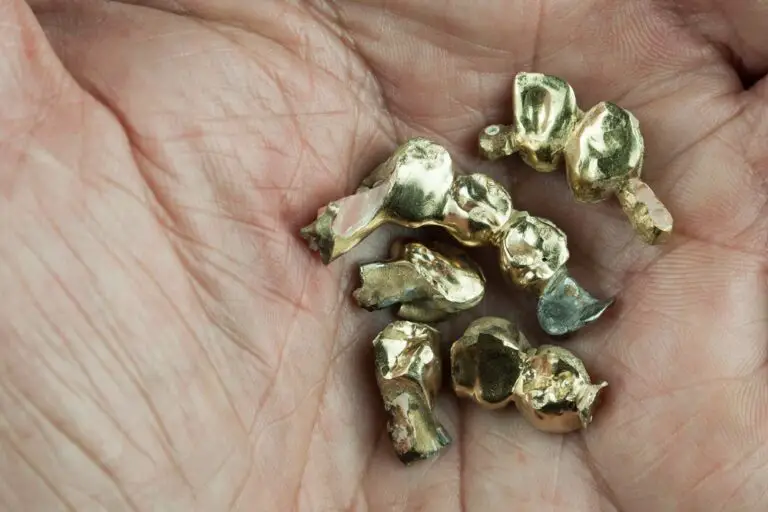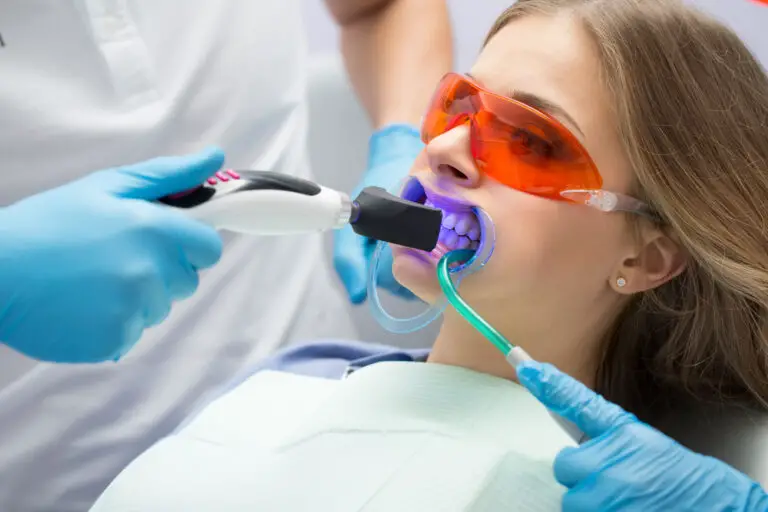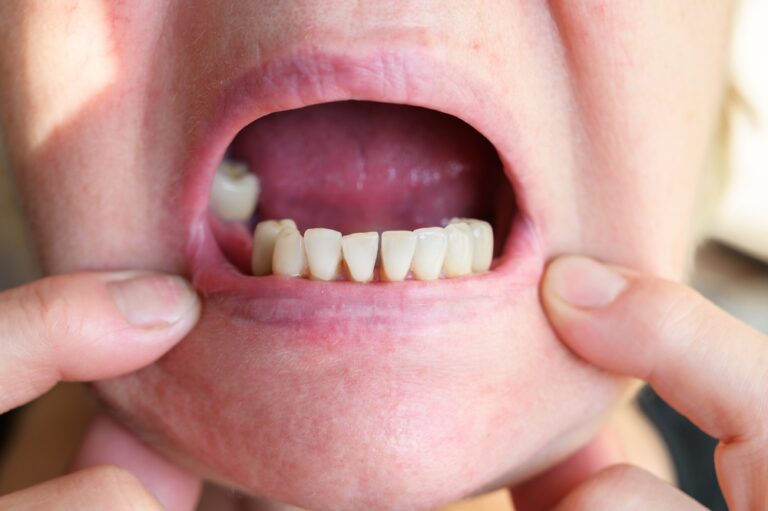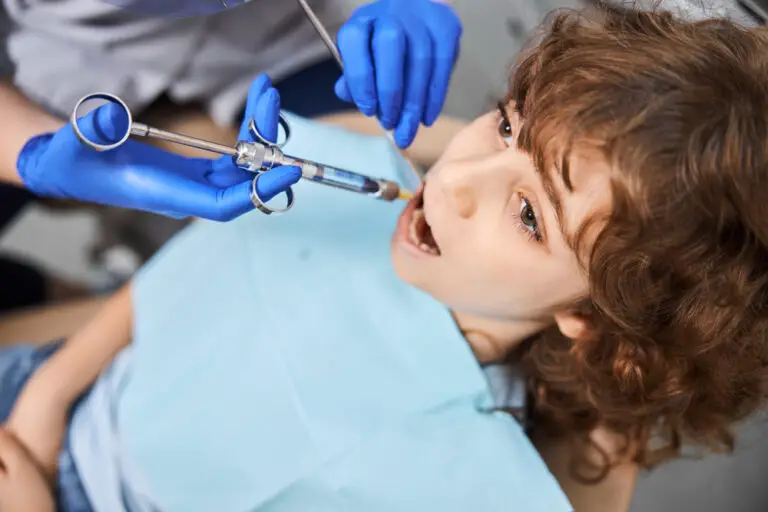Teeth shifting is a natural process that occurs throughout our lives. While some movements are normal and expected, others can be concerning and require treatment. One of the most common questions people have is how fast a tooth can shift. Understanding the factors that affect tooth movement can help you better understand the speed at which your teeth may shift.
Tooth movement is a complex process that involves the bone, gums, and supporting structures of the teeth. Factors such as age, genetics, and oral hygiene can all impact how quickly teeth shift. Additionally, certain treatments such as orthodontics or tooth extractions can also affect the speed of tooth movement. By understanding these factors, you can better predict how fast your teeth may shift and take steps to prevent unwanted movements.
Key Takeaways
- Tooth movement is a natural process that can be influenced by factors such as age, genetics, and oral hygiene.
- Certain treatments like orthodontics or tooth extractions can impact the speed at which teeth shift.
- Understanding the factors that affect tooth movement can help you predict how fast your teeth may shift and take steps to prevent unwanted movements.
Understanding Tooth Movement
Basics of Orthodontics
Orthodontics is a branch of dentistry that deals with the diagnosis, prevention, and correction of malpositioned teeth and jaws. Orthodontic treatment involves the use of braces, aligners, and other appliances to move teeth into their proper position.
The goal of orthodontic treatment is to create a healthy bite, which means the upper and lower teeth fit together properly. A healthy bite makes it easier to chew, speak, and maintain good oral hygiene.
Orthodontic treatment can take anywhere from a few months to a few years, depending on the severity of the case. During treatment, patients will need to visit their orthodontist regularly to have their braces adjusted and to monitor progress.
Tooth Anatomy and Physiology
Teeth are made up of several different layers. The outer layer is called the enamel, which is the hardest substance in the body. Underneath the enamel is the dentin, which is softer than enamel but still quite hard. The pulp is located at the center of the tooth and contains nerves and blood vessels.
Teeth are anchored in the jawbone by roots, which are covered by a layer of cementum. The periodontal ligament connects the cementum to the jawbone and helps hold the tooth in place.
When a force is applied to a tooth, it creates tension on one side and compression on the other. This tension and compression stimulate cells in the periodontal ligament to remodel the bone around the tooth. Over time, this remodeling process allows the tooth to move into its new position.
Overall, tooth movement is a complex process that requires careful planning and monitoring by a qualified orthodontist. With the right treatment plan and proper care, patients can achieve a healthy, beautiful smile that lasts a lifetime.
Factors Affecting Tooth Shift
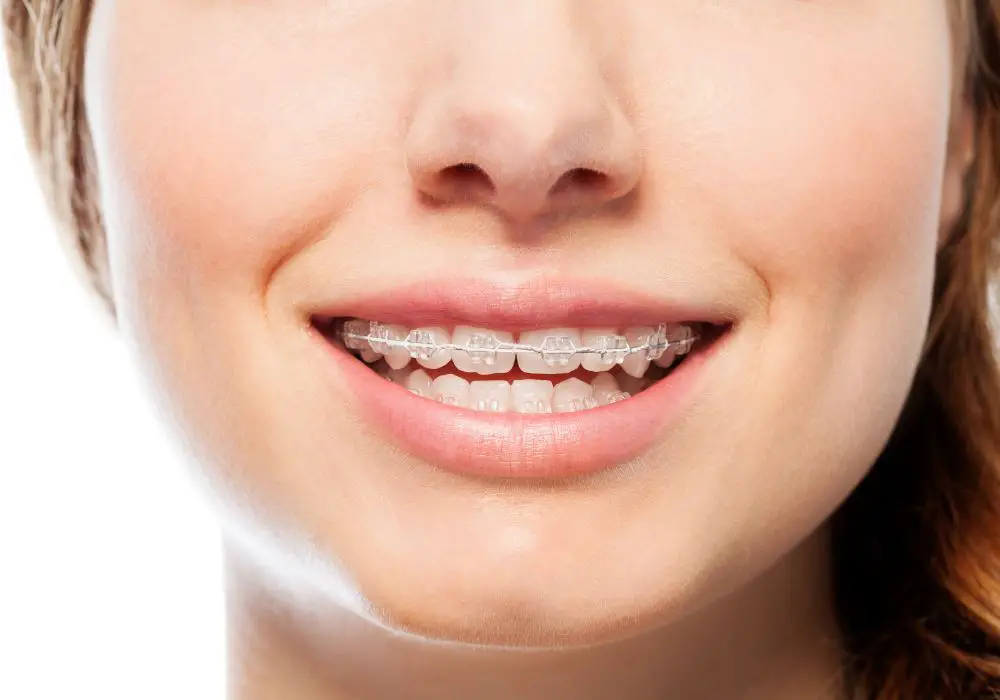
Teeth shifting is a common occurrence that can happen to anyone. Several factors can affect how fast a tooth can shift. Here are some of the most common factors:
Age
As we age, our teeth tend to shift naturally. This happens because of the changing shape of our jawbone as we grow older. The pressure from everyday mouth movements such as smiling, talking, and sneezing can also cause teeth to shift over time.
Oral Health
Poor oral hygiene and habits can also contribute to tooth shifting. Gum disease can cause the loss of gum tissue or bony support for the teeth, which can lead to teeth shifting. Acid erosion due to reflux disease or heavy alcohol consumption, smoking, and bruxism (nighttime tooth clenching or grinding) can also encourage teeth shifting. Hormonal changes or pregnancy can also affect tooth position.
External Forces
External forces can also affect how fast a tooth can shift. Wearing braces or a retainer can cause teeth to shift after they are removed. Tooth removal, growth of the jaw, and wearing a continuous positive airway pressure (CPAP) therapy device for sleep problems can also cause teeth to shift. Even your sleep position may make you more vulnerable to teeth shifting, with stomach sleepers experiencing more trouble in this regard.
In conclusion, several factors can affect how fast a tooth can shift. Maintaining good oral hygiene, avoiding bad habits, and seeking treatment for gum disease or other oral health issues can help prevent teeth shifting. If you have concerns about your teeth shifting, consult with your dentist to determine the best course of action.
Speed of Tooth Shift
Teeth can shift at different rates depending on various factors. In this section, we will discuss the speed of tooth shift with braces and aligners and natural tooth movement.
Braces and Aligners
Professional orthodontic treatments such as braces and aligners are the best way to get a straighter smile. However, once treatment ends, you might wonder, “How fast do teeth move?” Generally, it can take between 6 to 18 months for an adult to complete a comprehensive orthodontic treatment plan.
It’s important to note that teeth may shift back after braces or aligner treatment. The best way to prevent teeth shifting is to wear a retainer every night. Retainers can become worn, so it’s recommended to replace them once every year or so.
Natural Tooth Movement
Teeth can also shift naturally over time. Research suggests that most of the time, tooth shifting happens if one of the retainer’s bonds breaks or if there is a significant change in the mouth, such as tooth loss or gum disease.
It doesn’t matter if you’ve had work done recently or years ago, your teeth will shift back, and they can begin shifting back within as little as three days depending on your genetics and how severe the work of your teeth straightening was.
In conclusion, teeth can shift at different rates depending on various factors. It’s important to wear a retainer every night after professional orthodontic treatment to prevent teeth from shifting back. Additionally, natural tooth movement can occur due to various changes in the mouth, such as tooth loss or gum disease.
Implications of Rapid Tooth Shift
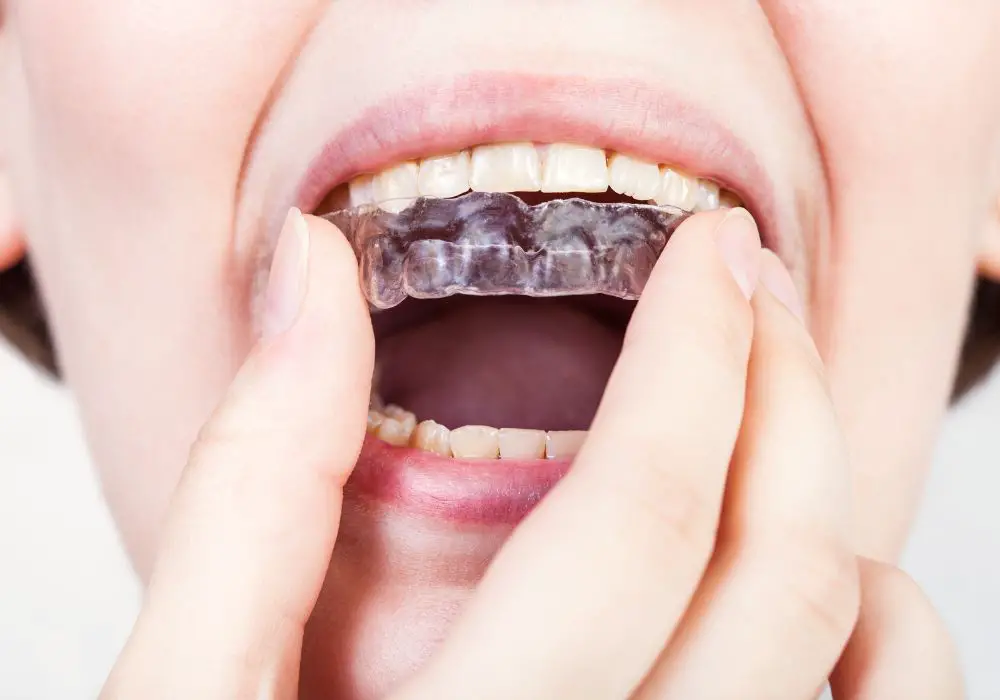
Oral Health Risks
Rapid tooth shift can lead to several oral health risks. When teeth shift too quickly, it can cause tooth decay, gum disease, and tooth loss. This is because when teeth move, the gums and bone that support them can become weaker, making them more susceptible to disease and decay. Additionally, rapid tooth shift can cause bite problems, which can lead to jaw pain, headaches, and even TMJ disorders.
Aesthetic Considerations
Aside from oral health risks, rapid tooth shift can also have aesthetic implications. Teeth that shift too quickly can cause noticeable gaps, overlaps, and crookedness, which can affect the appearance of your smile. This can lead to self-consciousness and even social anxiety.
To prevent these issues, it is important to address any rapid tooth shift as soon as possible. This may involve orthodontic treatment, such as braces or clear aligners, to help guide the teeth back into their proper positions. Additionally, maintaining good oral hygiene habits, such as brushing and flossing regularly, can help prevent tooth decay and gum disease.
In conclusion, rapid tooth shift can have serious implications for both oral health and aesthetics. By taking steps to address any shifting teeth, you can prevent these issues and maintain a healthy, beautiful smile.
Frequently Asked Questions
How long does it take for teeth to shift back?
The amount of time it takes for teeth to shift back to their original position after braces or other orthodontic treatments can vary. In general, it can take years for teeth to shift significantly, but micro movements in teeth can lead to significant changes over time. Wearing a retainer as prescribed by your orthodontist is the best way to prevent teeth from shifting back.
How long does it take for teeth to shift without braces?
Teeth can shift without braces due to natural factors such as aging, genetics, and habits like grinding teeth. The speed at which teeth shift without braces can vary, but it generally takes longer than with orthodontic treatment. It is important to maintain good oral hygiene and visit your dentist regularly to monitor any changes in tooth alignment.
How long does it take for teeth to shift after extraction?
Teeth can shift after extraction due to the pressure from neighboring teeth. The speed at which teeth shift after extraction can vary, but it generally takes several months for noticeable changes to occur. Your dentist may recommend a retainer or other orthodontic treatment to prevent teeth from shifting after extraction.
Which teeth move first with braces?
The front teeth typically move first with braces, followed by the back teeth. However, the order in which teeth move can vary depending on the individual case and treatment plan.
Do bottom teeth move faster than top with braces?
Bottom teeth may appear to move faster than top teeth with braces because they are usually smaller and have less bone density. However, the speed at which teeth move can vary depending on the individual case and treatment plan.
Can teeth move overnight?
Teeth can shift slightly overnight due to natural factors such as aging, genetics, and habits like grinding teeth. However, significant changes in tooth alignment usually take longer and require orthodontic treatment or other interventions.

